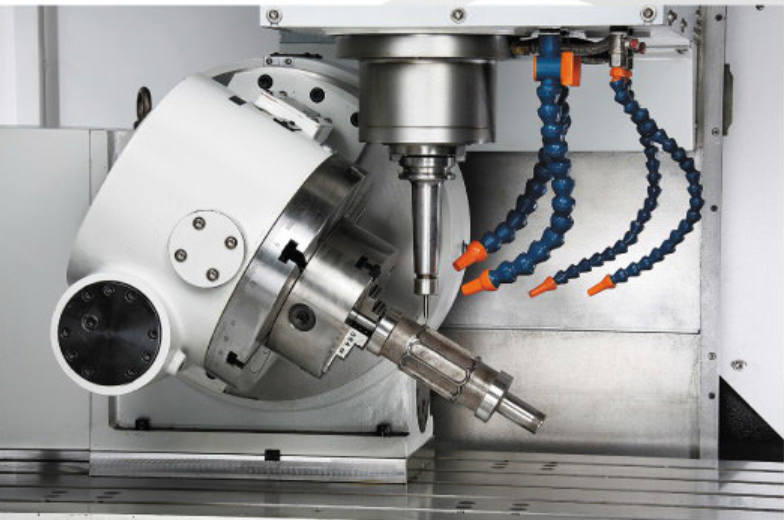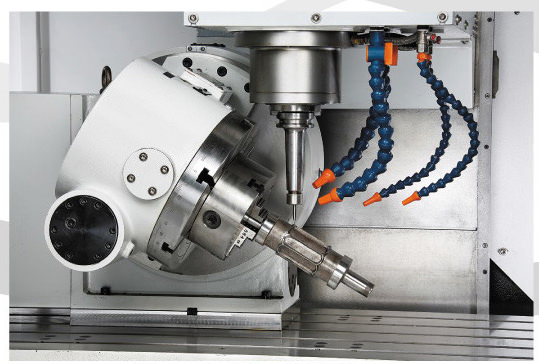Message
To improve precision in CNC machining, several factors should be considered. Here are some key measures you can take to enhance the precision of CNC machining processes:
1. Machine Calibration and Maintenance: Regularly calibrate and maintain your CNC machine to ensure it is operating accurately. This includes checking and adjusting axis alignments, verifying spindle runout, and maintaining proper lubrication. Proper machine maintenance helps minimize mechanical errors and ensures consistent precision.
2. Tool Selection and Quality: Use high-quality cutting tools that are appropriate for the specific machining operation and material being worked on. Quality tools with sharp cutting edges and appropriate coatings can improve precision and reduce tool wear. Regularly inspect and replace worn tools to maintain optimal performance.
3. Cutting Parameters Optimization: Optimize cutting parameters such as feed rates, spindle speeds, depth of cut, and tool engagement to achieve the best balance between productivity and precision. Fine-tuning these parameters based on the material being machined and the specific operation can contribute to improved precision.
4. Workpiece Fixturing and Stability: Properly secure the workpiece using suitable clamping and fixturing techniques to ensure stability during machining. This helps prevent vibrations and movement that can adversely affect precision. Consider using fixtures, jigs, or custom workholding solutions to enhance workpiece stability.
5. Rigorous Programming and Simulation: Pay close attention to the CNC program and ensure it accurately reflects the desired machining operations. Use CAM (Computer-Aided Manufacturing) software to generate efficient toolpaths and simulate the machining process to identify any potential issues or collisions. This helps avoid errors and improves precision.
6. Measurement and Inspection: Implement a robust quality control process that includes regular measurement and inspection of machined parts. Use precise measuring instruments, such as coordinate measuring machines (CMMs), gauges, or optical measurement systems, to verify dimensional accuracy and ensure adherence to specifications.
7. Material Selection and Stock Preparation: Choose materials with consistent quality and dimensional stability to minimize variations. Properly prepare stock materials, such as ensuring flatness and parallelism, to provide a solid foundation for accurate machining.
8. Machine Dynamics and Rigidity: Consider the rigidity and dynamics of the CNC machine when selecting or upgrading equipment. Machines with higher rigidity and stability tend to offer improved precision, especially when working with challenging materials or intricate geometries.
9. Operator Training and Skill Development: Well-trained operators who understand the nuances of CNC machining can make a significant difference in precision. Provide comprehensive training to operators on machine operation, programming, tooling, and measurement techniques. Encourage continuous learning and skill development to enhance precision.
10. Process Optimization and Iteration: Continuously analyze and optimize the machining process. Identify areas for improvement, such as reducing tool changes, minimizing setups, or optimizing toolpaths. Iteratively refine the process to achieve higher precision and efficiency.
By implementing these measures and paying attention to detail throughout the CNC machining process, you can enhance precision, improve part quality, and meet tighter tolerances consistently.











